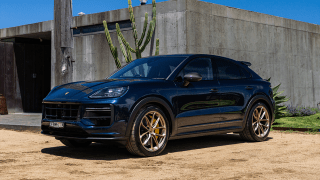
What is a hybrid car?
- Toyota Corolla
- Mitsubishi Outlander
- Subaru XV
- Toyota RAV4
- Toyota Camry
- Toyota Prius
- Audi Q7
- Toyota RAV4 2022
- Toyota Corolla 2022
- Mitsubishi Outlander 2022
- Toyota Camry 2022
- Subaru XV 2022
- Audi Hatchback Range
- Audi Sedan Range
- Audi SUV Range
- Mitsubishi Hatchback Range
- Mitsubishi Sedan Range
- Mitsubishi SUV Range
- Subaru Hatchback Range
- Subaru Sedan Range
- Subaru SUV Range
- Toyota Hatchback Range
- Toyota Sedan Range
- Toyota SUV Range
- Hatchback
- Sedan
- SUV
- Hybrid Cars
- Toyota Corolla Reviews
- Mitsubishi Outlander Reviews
- Subaru XV Reviews
- Toyota RAV4 Reviews
- Toyota Camry Reviews
- Toyota Prius Reviews
- Audi Q7 Reviews
- Audi
- Mitsubishi
- Subaru
- Toyota
- EV Advice
- Audi Advice
- Mitsubishi Advice
- Subaru Advice
- Toyota Advice
- EV
- Hybrid cars
- Plug-in hybrid
- Hybrid
- Green Cars
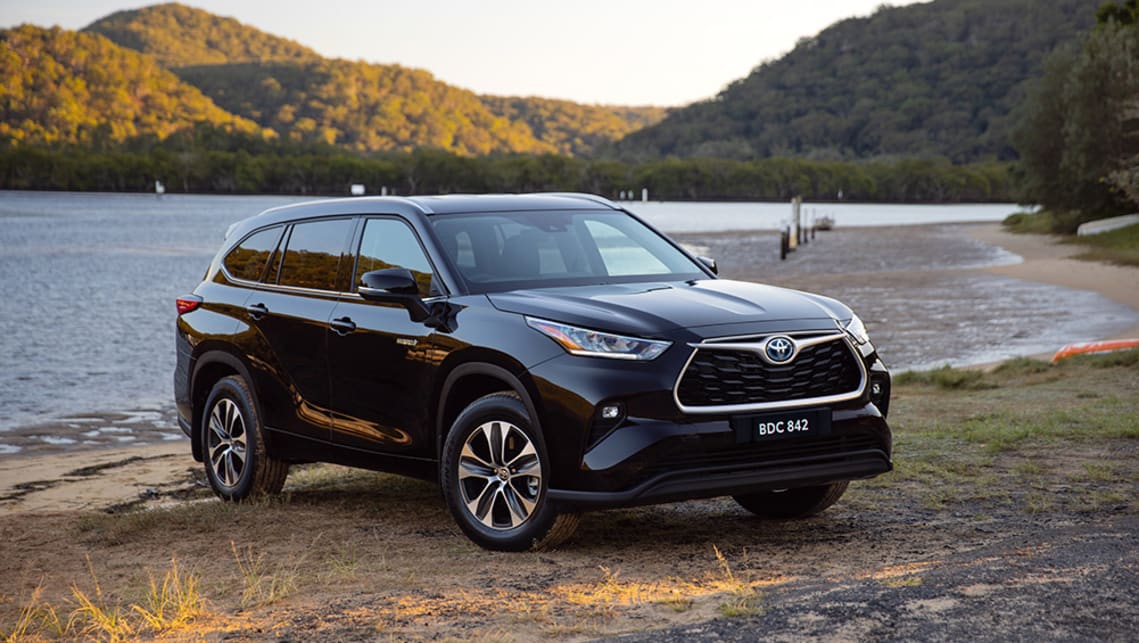
The definition of a hybrid car is easier to explain than the inner workings of one. In this guide we’ll try and answer all the important questions so that you can tell your series hybrid from a plug-in hybrid.
We’ll take you through what a hybrid vehicle is, what does hybrid car mean, explain how a hybrid car works and, importantly, what to know about hybrid cars before buying one.
Read more about Hybrid cars
Q: What is a hybrid car?
A: A hybrid car is generally defined as a car that’s powered by a combination of an internal combustion engine and an electric motor. Typically it will be a petrol-powered engine, but some brands have offered diesel-electric hybrids in the past.
At present there are three main types of vehicles commonly described as hybrids in Australia - a mild hybrid (MHEV), a series- or parallel hybrid (HEV) or a plug-in hybrid (PHEV).
We’ll go into detail on each type shortly, but some examples are an Audi Q7 (mild hybrid), Toyota Prius (hybrid) and Mitsubishi Outlander (PHEV), and be mindful that a mild hybrid probably doesn't fit your perception of what a genuine hybrid offers. Read on.
Q: How do hybrid cars work?
A: The most common form of hybrid engines is the parallel hybrid system used by the likes of Toyota, with its Prius, Corolla, Camry and RAV4 models.
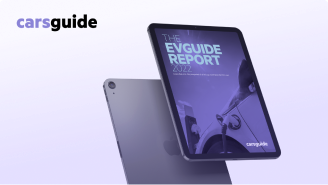

Download the EVGuide Report, 2022
Australia's one-stop snapshot of all things relating to electric cars.
It uses the petrol engine to drive the car’s wheels but is also able to draw on an electric motor to help when needed to save fuel.
For example, most hybrids will turn off the combustion engine when you come to a stop, so the electric motor can provide the initial acceleration when you take-off again, saving fuel in the process. Alternatively, under hard acceleration the electric motor can provide a small power boost.
Q: What’s the difference between a hybrid and a plug-in hybrid?
A: In simple terms a plug-in hybrid is a parallel hybrid flipped - with the electric motor driving the wheels and the petrol engine often acting as a generator to power the motor.
Plug-in hybrids typically have larger batteries, so they can drive for longer periods on electric power alone. For example, a Toyota Corolla Hybrid has a small battery so can only drive for 2.0km on electric power alone, whereas a Mitsubishi Outlander PHEV has a range of up to 54km on its battery.
The benefits of a hybrid over a PHEV is that it’s simpler to use, you simply fill it up with petrol as you would an internal combustion engine model and the small battery is charged as you drive.

The advantage of a PHEV is that you get more zero-emissions motoring, but also have the added bonus of being able to use the petrol or diesel engine as an on-board generator so you can refuel if you can’t recharge. But a PHEV is a more complex and thus more expensive powertrain.
A mild hybrid is more about energy conservation than providing electric drive, so it won't give you the taste of 'electric car' drive experience that other hybrids tend to.
Typically mild hybrids use a more powerful 48-volt electrical system (cars have traditionally been 12-volt for decades) with an integrated alternator/starter motor system.
This provides a smaller fuel economy advantage but is cheaper and less complex than the other two hybrid options.
Q: How are hybrid cars different from electric cars?
A: While there is some shared technology between these two types of cars, ultimately they are very different. An electric vehicle (or battery electric vehicle, as they are often referred) is powered entirely by batteries and electric motors, it has no petrol or diesel engine to support it.
Q: What are the advantages of a hybrid car?
A: The biggest selling point for a hybrid is fuel saving, particularly if you spend most of your time in the urban environment. That’s because the more you use the electric motor, when you’re in stop-start traffic for example, the more fuel you save.

The other key benefit is the ease-of-use. As explained earlier, because the battery is ‘self-charging’ by capturing regenerative energy when you slow down, it means you don’t need to plug it into a power point to charge. Instead, you simply drive it like a petrol or diesel car and refuel as we’ve typically done for the better part of a 100 years.
Q: What are the disadvantages of a hybrid car?
A: There’s a complexity to a hybrid car, with the electric motor and battery adding to the cost of purchasing. For example, a Toyota Corolla SX petrol model costs $28,795, while the SX Hybrid is an additional $2000.
It’s not unique to Toyota either, a Subaru XV 2.0i-L is priced from $31,990 while the equivalent XV Hybrid L starts at $35,490.
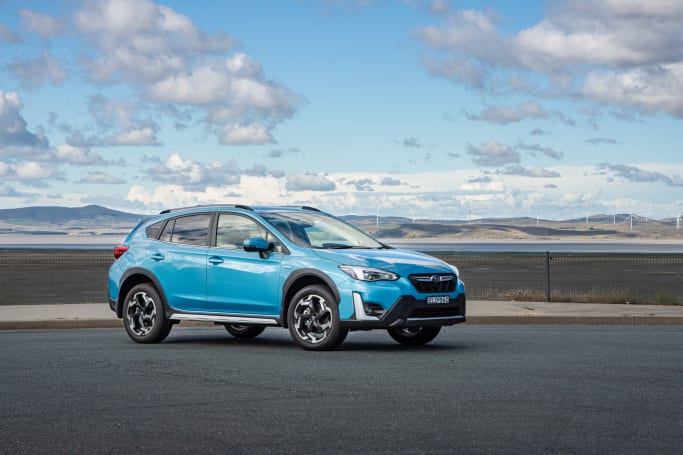
The other disadvantage is unless you are stopping and starting regularly, the hybrid system doesn’t have much work to do so you just end up carrying extra weight, putting more strain on the petrol engine.
So, if you’re driving on the freeway the petrol engine will be doing all the work, negating the benefits of a hybrid.
Q: Why should I buy a hybrid car?
A: Depending on where you live and how much you drive, a hybrid car could save you hundreds, potentially even thousands, in fuel costs. Ideally you’d spend most of your time driving around the city and suburbs to get the most benefit from the hybrid system.
If you do most highway kays, a hybrid is arguably not for you.
Q: Are hybrid cars popular in Australia?
A: Yes, hybrids have been increasing in popularity in recent years, with all three types becoming more widespread and affordable.
At the time of publication (October 2021), sales of hybrid models were up 35.9 per cent for the year, with PHEV sales up 111.8 per cent.
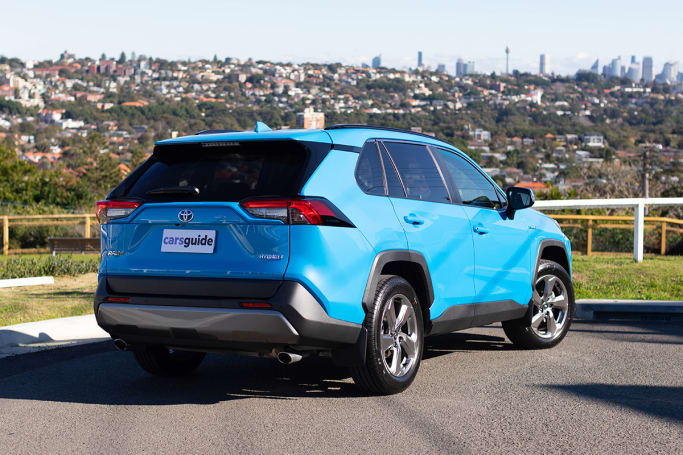
It’s not unique to this country either, with hybrid vehicles enjoying growth in the world’s key automotive markets - Europe, China and the USA.
The Washington Post reported earlier this year that sales of hybrids were up more than 140 per cent in the first half of 2021.
Q: What is the future of hybrid cars?
A: With increasingly strict emissions standards and BEV still carrying a significant price premium there is a strong belief within the industry that hybrids, specifically PHEVs, will become more common.
Hybrids are seen as a bridging technology that will allow governments around the world to ban petrol- and diesel-powered vehicles by the middle of next decade without forcing customers to buy more expensive EVs.
As we recently reported, there are several notable hybrid models coming in the near future, including the new Mitsubishi Outlander PHEV, Hyundai Santa Fe Hybrid, Kia Sorento Hybrid, Ford Escape PHEV and the Cupra Leon and Formentor PHEVs.








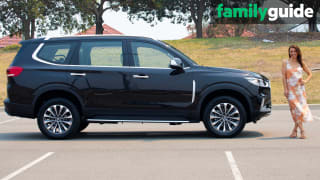
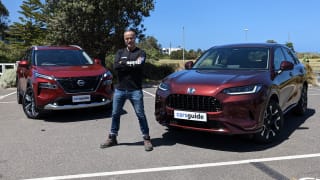
Comments